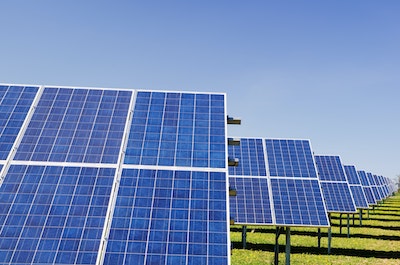Chinese technology firms—bolstered by decades of state-backed industrial policy—have become dominant global players in key clean tech sectors. Concurrently, the United States is at a pivotal moment in clean energy investment and policy, with significant public funding and regulatory efforts aimed at reshoring supply chains and advancing domestic technological leadership.
To scale deployment, US firms are increasingly engaging Chinese entities in a range of partnerships: as licensors, joint venture partners, technology suppliers, and US-based subsidiaries. In many of these cases, domestic firms and communities have expressed strong desires for such partnerships for their potential to accelerate US technological capabilities, attract investment, and bring manufacturing jobs to local economies.
However, as US-China competition intensifies amid growing global energy insecurity, managing risk while preserving strategic opportunity will be key to advancing US economic and national security objectives. One increasingly relevant (and complex) area of entanglement is Chinese firm involvement in US government supported clean energy projects.
This policy memo draws on new research by Professor Michael Davidson of UC San Diego, a leading China scholar whose research focuses on the engineering implications and institutional challenges of global clean energy deployment. As commissioned by Third Way, the research analyzes the structure of US-China clean energy engagements and proposes a new framework for identifying, measuring, and mitigating risks associated with these types of partnerships. The analysis identifies five categories of risk: (1) intellectual property exposure, (2) supply chain vulnerabilities, (3) facility and community security, (4) data and technology security, and (5) dual-use military concerns.
By applying this new framework to US-China engagements through a series of project-level case studies, we outline a dual-track policy strategy: one that minimizes risk through tighter transparency, sourcing requirements, and IP protections, and one that maximizes US advantage by enabling carefully structured collaborations that promote domestic ownership, job creation, and technological leadership.

